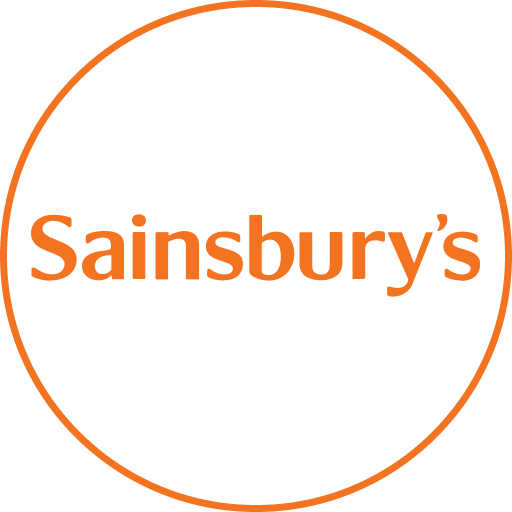
Outstanding Product Design 2024



Happy Users
Designing with Purpose. Creating for Impact. User-focused innovation.
The Journey of Sophia Michelle
Sophia Michelle’s journey as a product designer began with a fascination for solving problems through creative solutions

01

Experience Designer
2025-Present
01

Product Designer
2023-2025
02

Product Designer
2021–2023
03

Product Designer
2018–2021
Trusted by Leading Brands to Deliver Exceptional Design Solutions







Uncovering Your Vision: My Design Thinking Process.
Where Creativity Meets Functionality: Explore My Design
Design Insights, Creative Journeys, Inspired Solutions
Grido is a dynamic corporate entity that prides itself on delivering innovative, world-class solutions to…
Grido is a dynamic corporate entity that prides itself on delivering innovative, world-class solutions to…
Grido is a dynamic corporate entity that prides itself on delivering innovative, world-class solutions to…
I am Mentoring on ADPlist
Clear Answers to your Questions.
1. What is your design process?
My design process is a structured, user-centered journey that begins with a deep dive into understanding the project's goals and the user's needs thorough research, including user interviews and competitive analysis. I then synthesize these findings to define the problem space, creating user personas and flows to guide the design. I move into ideation, sketching, and wireframing, followed by interactive prototyping to test and validate design decisions. Usability testing is crucial, and I iterate based on the feedback received. Finally, I collaborate closely with developers to ensure seamless implementation, providing detailed specifications and style guides. Post-launch, I monitor user behavior and iterate to continuously optimize the experience.
2. What tools and software do you use?
My toolkit is versatile and adapts to project requirements. For design, I primarily use Figma, Adobe XD, and Sketch, leveraging their strengths for interface and visual design. Prototyping is done within Figma, Adobe XD, or with dedicated tools like ProtoPie for more advanced interactions. User research is supported by platforms such as UserTesting, along with traditional methods like online form apps. For collaboration and documentation, I use Jira, Clickup, Confluence, Loop and Notion, ensuring clear communication and organized project management. I am also proficient in Adobe Photoshop and Illustrator for visual asset creation and manipulation. I prioritize staying up-to-date with industry-standard tools and emerging technologies.
3. How do you handle feedback and revisions?
Feedback is an integral part of my design process, and I approach it with an open and receptive mindset. I begin by actively listening to and understanding the feedback, asking clarifying questions to ensure I grasp the full context. I then objectively evaluate the feedback, considering its alignment with project goals and user needs. I prioritize feedback based on its impact and feasibility, focusing on addressing the most critical issues first. I meticulously iterate on the designs, documenting all changes and the rationale behind them. Throughout the revision process, I maintain open communication with stakeholders, ensuring alignment and transparency. I believe that constructive feedback is essential for creating exceptional user experiences.







